Hard on the heels of my field trip to Masada two weeks ago in the framework of a Yad Ben Zvi course on the archaeological sites of the Second Temple period, this week, we visited two more sites – Maresha and Itri. About the first of these, I have written before. The city dates back to the time of Joshua. This time, however, we were concentrating on the town’s Hellenistic period.
The weather favoured us. All along the way, almond trees were in blossom and carpets of wild flowers dotted the landscape, which was lush and verdant after the winter rains.
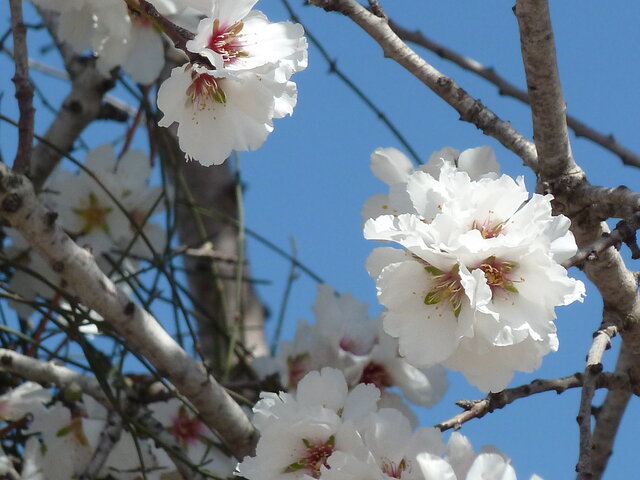
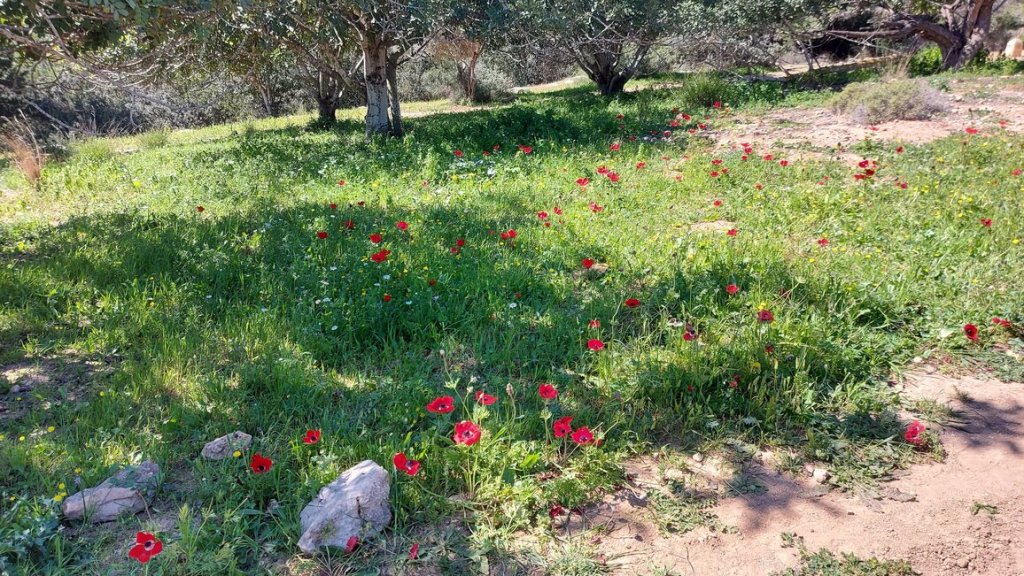
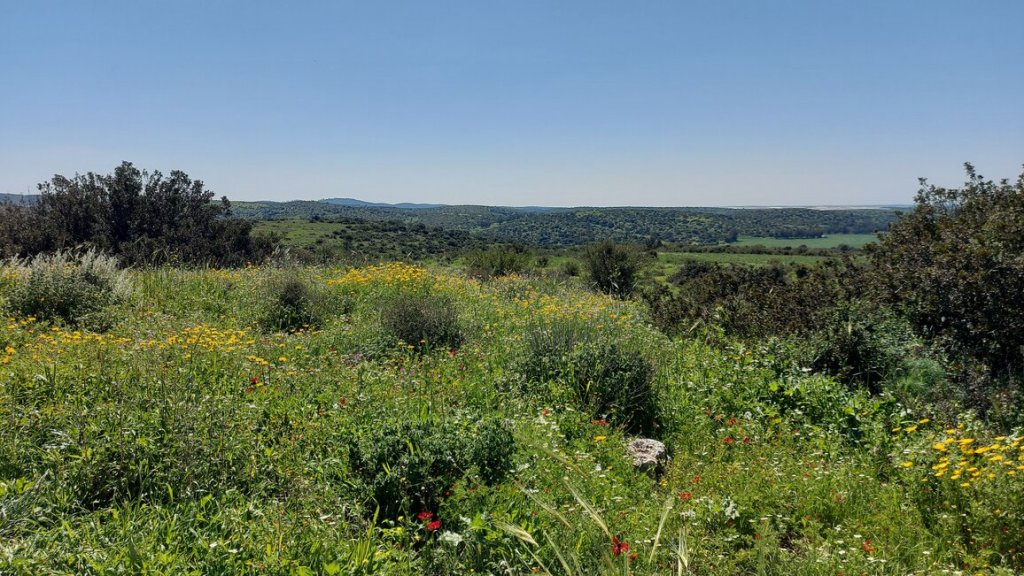
Upon reaching our first port of call, I was disconcerted to discover that I had forgotten to bring a hat. I remembered taking it out of my knapsack before leaving home in the morning, in order to pack my sandwiches. Apparently, I had forgotten to put it back in. It was going to be hot. I had to have some kind of head-covering. I borrowed a scarf from our guide, Efrat and, with the expert assistance of one of the many religious ladies in our group, (Orthodox married Jewish women wear a head-covering at all times), managed to produce a look which, I thought, looked rather Biblical. I liked it, in fact.
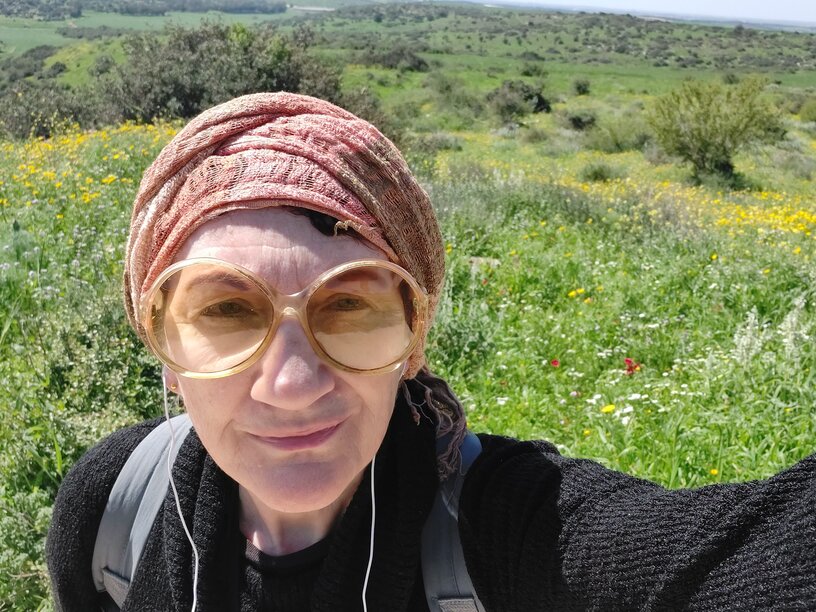
The many remains found at Maresha indicate Jewish, Idumaean and Hellenistic influences. Maresha was, at this time, a cosmopolitan city and an important economic hub. Its inhabitants included Jews, Idumaeans – possibly, after the Hasmonean King John Hyrcanus gave them a choice between conversion, death, or exile, Idumaean converts to Judaism – and even a few Egyptians. In its heyday, before the forced conversion, there were also Sidonians and Greeks. John Hyrcanus laid waste to the city round about 112-113 BCE, after conquering Idumaea. It was resettled, but its glory days were over and it was completely destroyed in 40 BCE by the Parthians.
Much of the city was built underground, for several reasons. It was cooler. It was safer in times of trouble. It saved on building materials. Many houses were built partly above ground and partly below ground, with oil presses or bathrooms hewn into the rock.
Some of the caves contained more than one oil press – and there were different types of oil press. In the Oil Press Cave, there was an oil press with a lens-shaped crushing stone, rather than the more usual cylindrical stone.
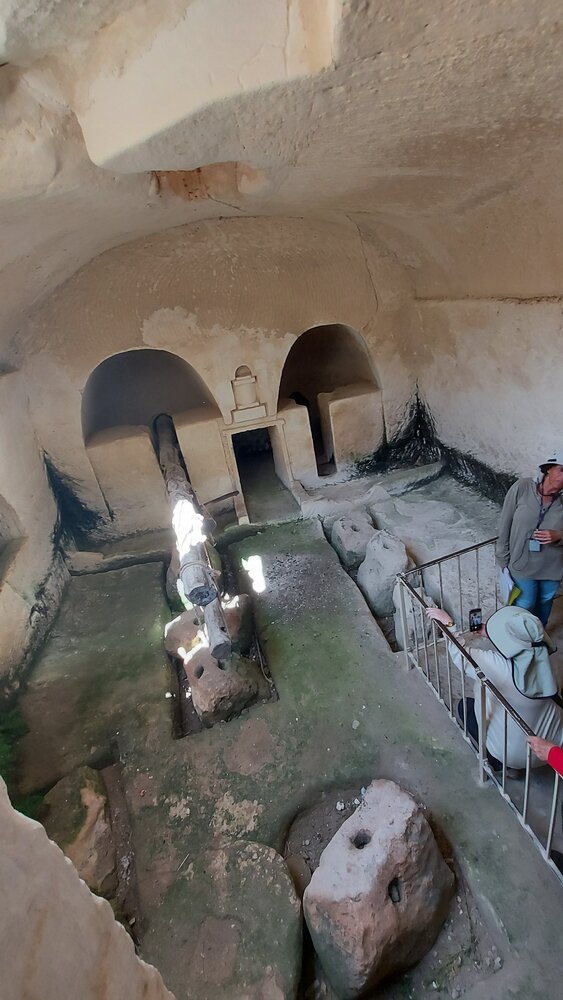
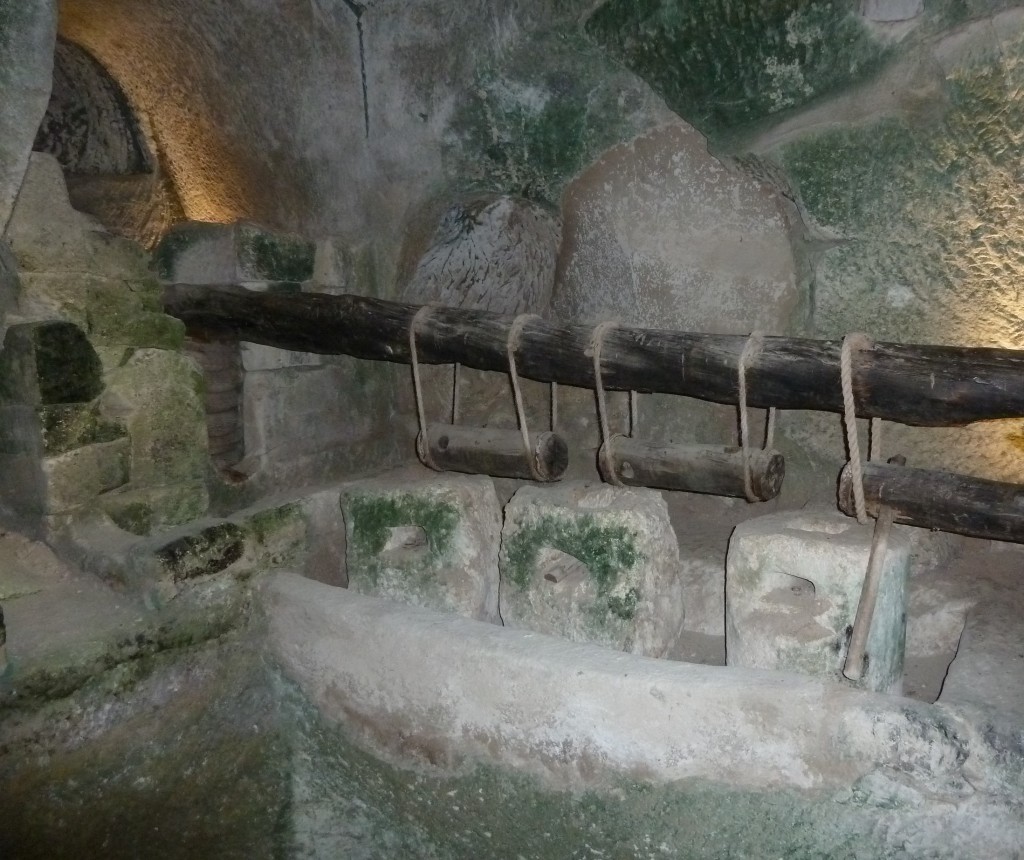
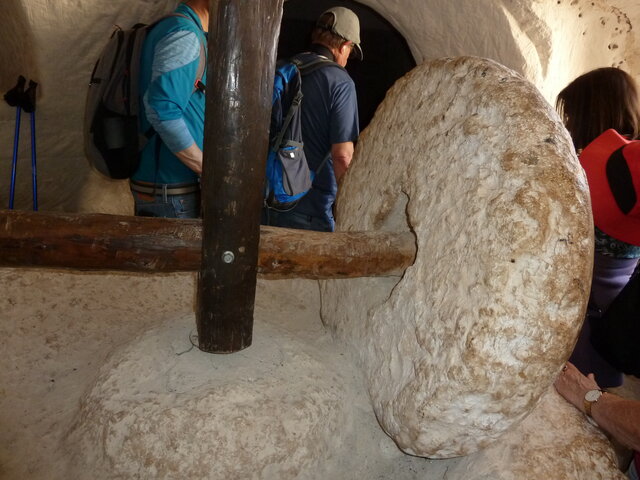
It seems that the cultivation of olives and the production of olive oil, was a major source of Maresha’s wealth, as was the raising of pigeons – for food, for sacrifices, and also for guano. 22 underground oil presses have been discovered at the site so far, as well as about 85 caves which served as dovecotes or columbaria, one of them with over 2000 niches.

There were also burial caves, notably, the two so-called “Sidonian” Caves. One of these is the family tomb of Apollophanes son of Sesmaios, the leader of the Sidonian community in Maresha. We know this from an inscription found there. Burial was in niches, and the whole tomb was elaborately painted (though what you see today is a reconstruction, based on photographs taken of the original paintings, before Muslim fanatics from the nearby Arab village, offended by the existence of paintings of humans and animals, did their best to erase them).
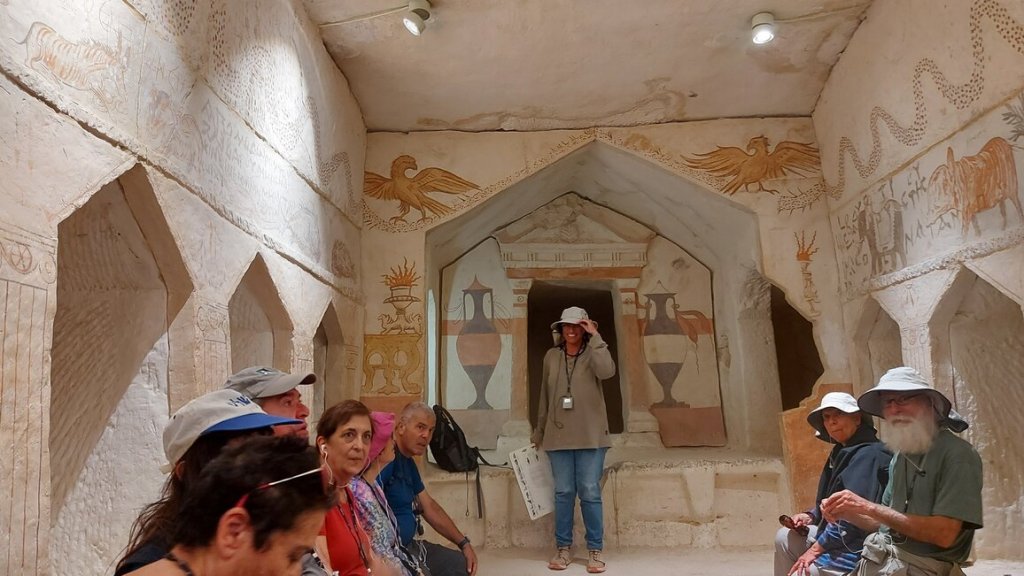
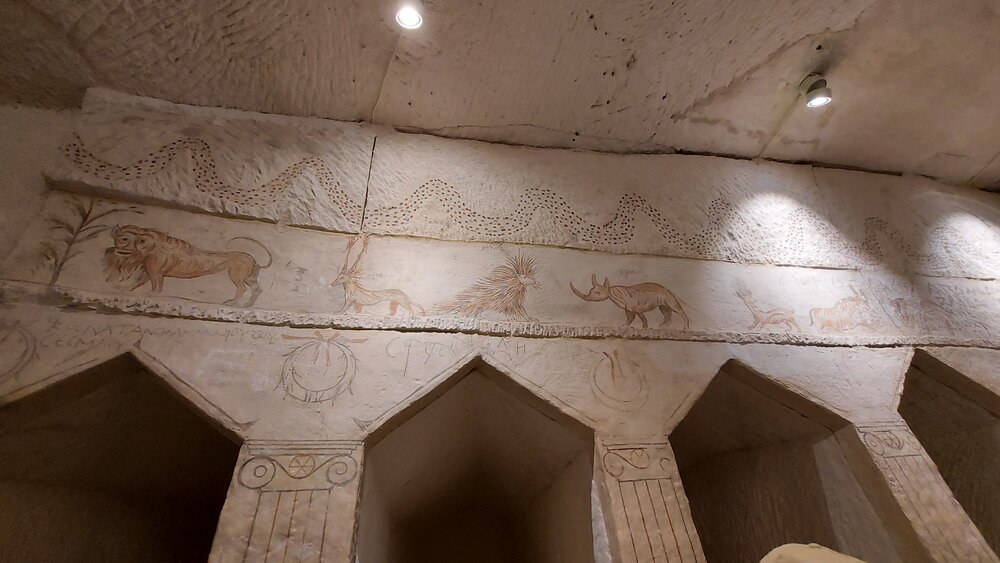

Another one of the principle sights of Hellenistic Maresha, is a large residence covering some 150 square metres, built around a central courtyard. This “villa” had at least two floors above ground, and a cistern complex below ground.

The front of the villa had, at some time, been opened up onto the street in the manner of a shop, so possibly the building served a double purpose. Maybe a merchant lived here “above the shop” as it were. He was evidently quite a successful businessman, at any rate, for beneath the floor of one of the rooms, a treasure trove of 25 coins was discovered, the latest of them dating to the year 113 BCE (No! It did not have 113 BCE stamped on it!) – the year in which John Hyrcanus conquered Maresha. It seems likely, then, that it was about then that the villa was destroyed. Possibly the owner of the coins was an Idumaean who was killed in the fighting, or maybe fled rather than convert to Judaism – although he or she evidently intended to return, otherwise why bury the treasure?
Behind the villa rises the Acropolis of Maresha, affording spectacular views of the surrounding area.

Another site we visited is known as the Labyrinth Cave. This is a complex of dwellings with an underground system dating back to the Hellenistic period, although for most of that time, the walls of the underground rooms were intact and there was no passage between them. That came only towards the end of the Hellenistic period, when the inhabitants dug escape routes, bolt-holes and tunnels.
Did I mention Hamas?
The residences are not on display to the general public, because, after documenting their finds, the archaeologists who excavated the site covered them up with earth until such time as a way of preserving them which would enable their display without causing damage could be found. However, part of the underground water system and auxiliary chambers is open to the public. For example, in one of the houses, there is a reconstructed oil press. In another, there is a bath house, a columbarium and a large water cistern.
It was now time to leave Hellenistic Maresha and visit the nearby Jewish village of Itri, dating to approximately the same period, which met a violent end during the Bar Kochba Revolt. The Jewishness of the village is attested to by coins found there, minted during the Revolt, by the ritual baths (mikveh) and other finds, including a public building facing east towards Jerusalem, which probably served as a synagogue.
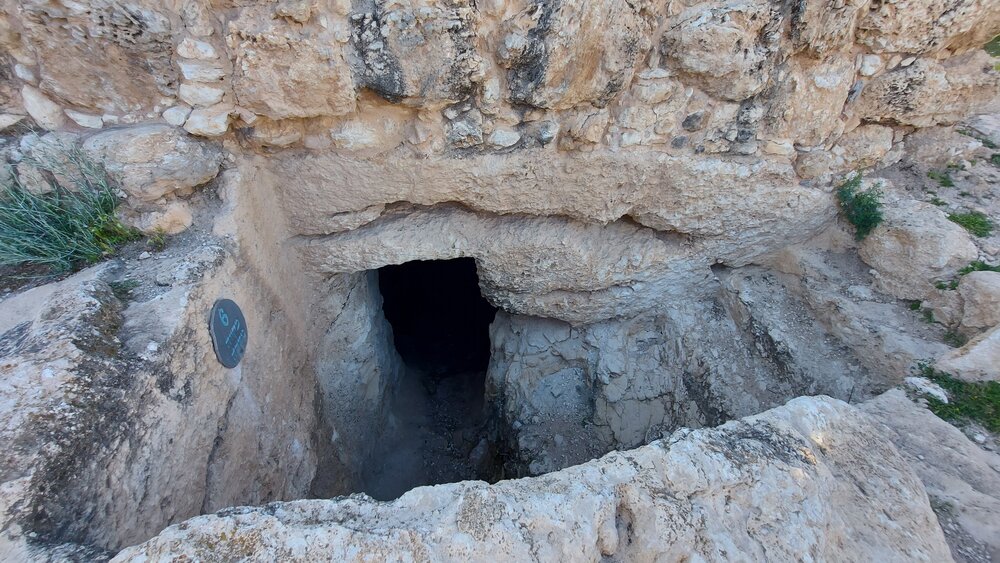


There were underground escape routes, safe spaces (there’s nothing new under the sun, is there?) – now blocked by rubble – and wine presses. Hellenistic Maresha did not have wine presses. They were evidently content to import wine (of the best quality) from Greece and other such places, but observant Jews have ritual purity requirements and produced their own wine.


And all around, of course, were the wild flowers and herbs – sage, irises, orchids, cyclamens and many others whose names I did not know and the air, fragrant with their scent.
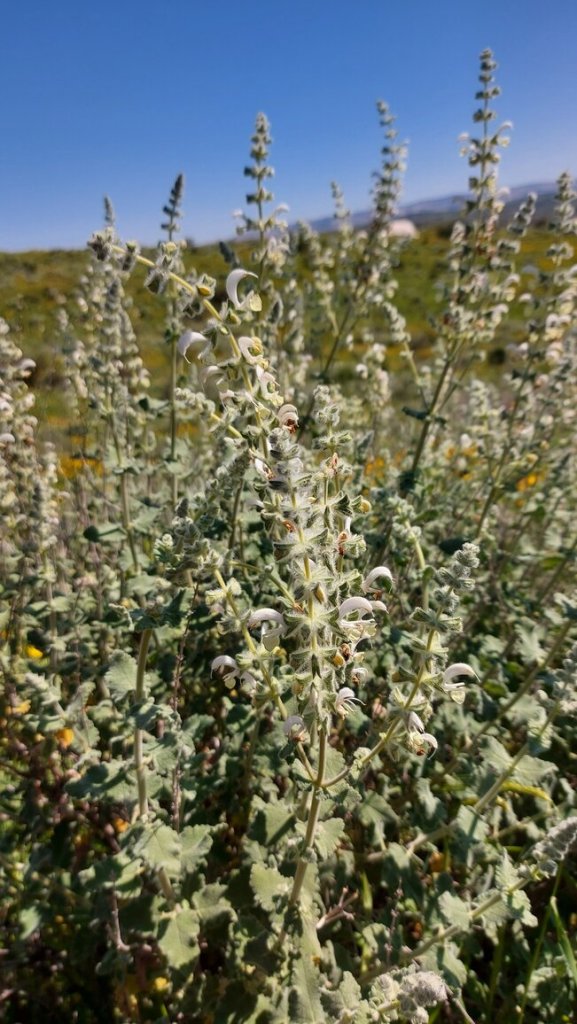
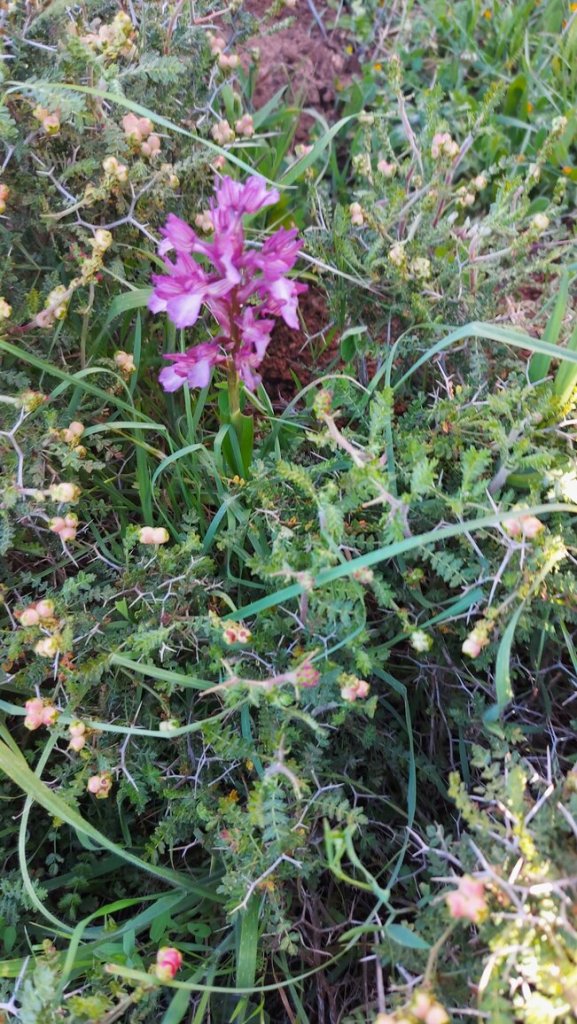
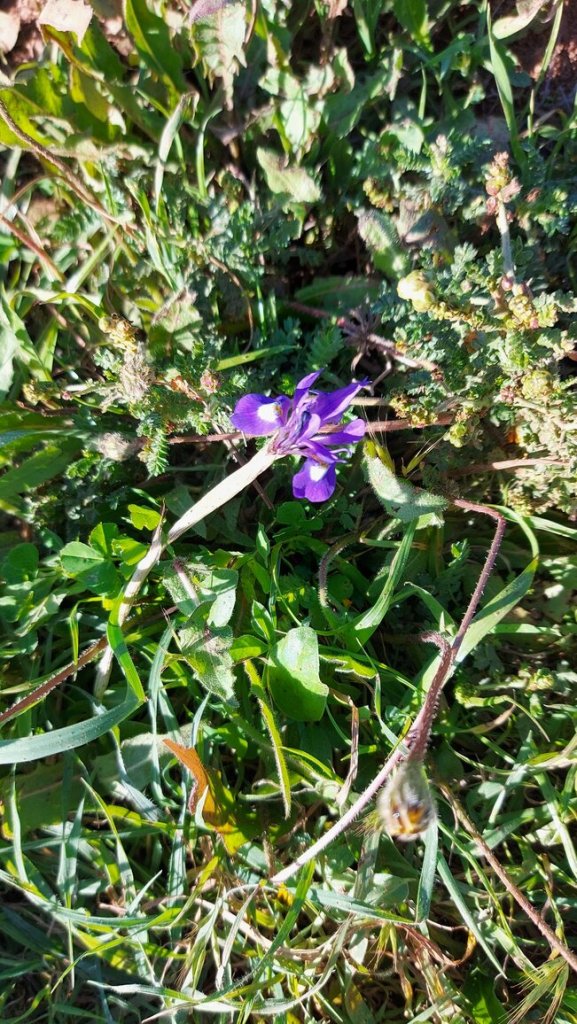

But already the lengthening shadows were warning us that the day was waning.
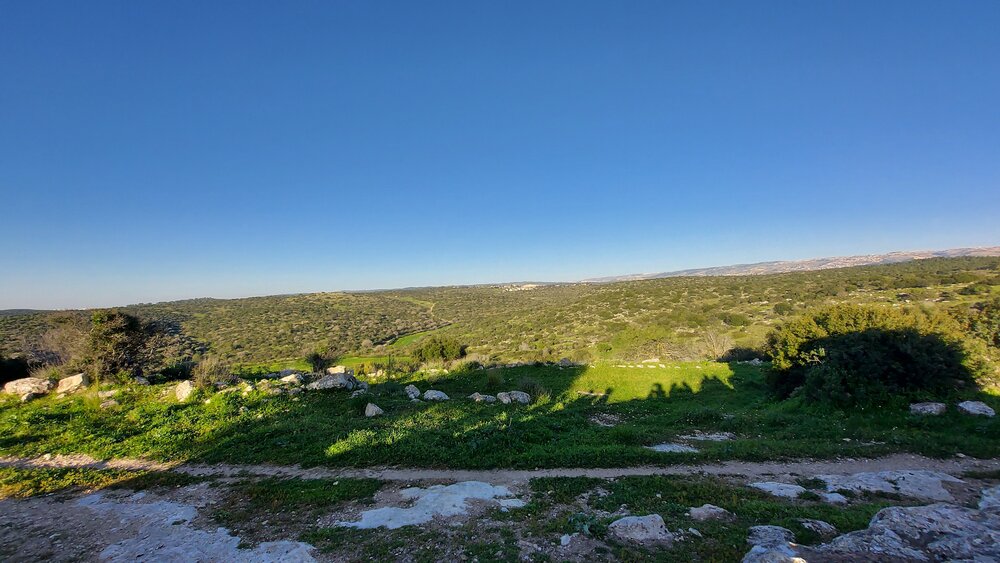
A quick group photo – and then it was time to turn our backs on Itri and, as the sun sank to its rest, head for Jerusalem, and home.
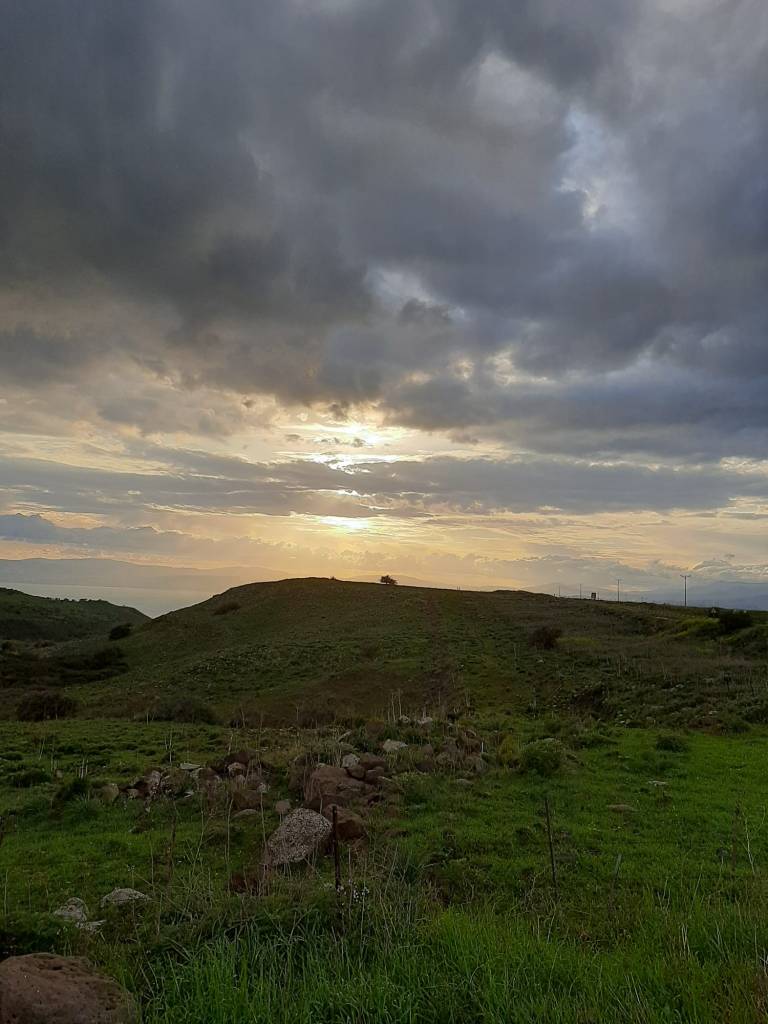

Maresha an Itri are so amazing! I’ve learned so much from your posts Shimona. Such a magical place Israel is….
{{{hugs}}} BellaSita Mum (Sherri-Ellen) & **purrss** BellaDharma
Tomorrow, we have another field trip – this time to the north. Let’s hope there’s no trouble from Hizbollah…
WE pray you have a safe trip Shimona! Please be careful. WE love you!
BellaSita Mum (Sherri-Ellen) & BellaDharma
Thank you. I am home safely and will write all about it later in the week – or maybe next week.
We are so happy you had a good trip & are home safely ❤ ❤
And for me, seeing these places, the plants, trees and flowers bring many things to life in my mind as I can see what the author of some books I have read or am reading, were speaking of.
I am curious – what are you reading now?
Shimona, this post was interesting to read and I thoroughly enjoyed
the photos, especially that of the flowers. the sunset photo is truly beautiful
and you DO look biblical in your head wrap !! ♥♥ the second to last photo; is
that a cave entrance to the right or just shadows from trees behind you ? thank
you for sharing ♥
I am not sure what exactly you were looking at but I looked very closely at the photo you mentioned and can’t find anything that might be a cave entrance, nor do I recall the guide talking about caves at that point, but I can’t be one hundred per cent certain. There weren’t any actual caves in the village, but a cellar might have had an escape tunnel dug into it that led out of the village to a cave, I suppose.
Your improvised head scarf is quite pretty! Suited you well.
I loved seeing all the green there and the flowers just sprinkled all over! Did I see red poppies?
Enjoy the next place you will visit and I pray it will be unhindered and safe.
I think the red flowers you saw were anemones. This is exactly the right time for them.
We only have looked the pictures today, but we’ll be back to read it all, Shimona😸😺Double Pawkisses for a Happy Day🐾😽💞
Enjoy!
Again, thank you for sharing this rich historic ancient history of Israel. I so enjoy learning as this detail is all new to me. And I love seeing flowers, as we still have some snow. Lynn and Precious
This is the best time of year for touring, because of all the wildflowers, and also because it’s neither too hot nor too cold. I wish I could send you some of our spring sunshine. The thought of you still shivering in snowy weather! Brrrr!
Thank you for sharing these beautiful photos. Very educational post. XO
Thank you.